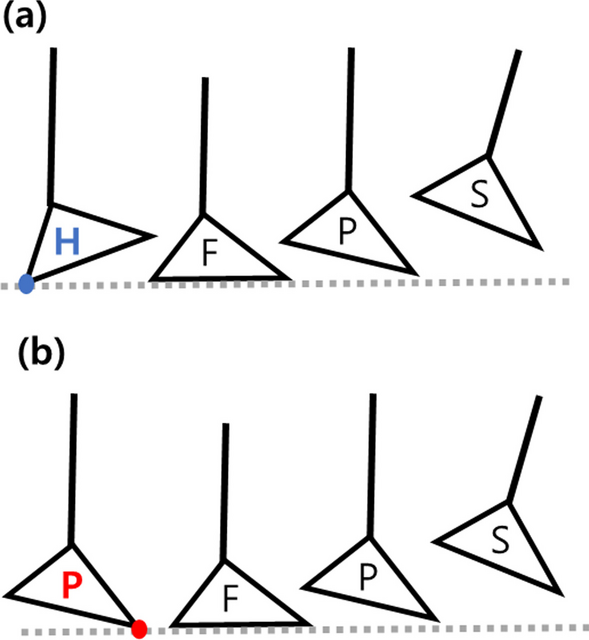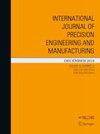形状记忆合金致动器用于下垂足患者的踝足矫形器
IF 2.6
4区 工程技术
Q2 ENGINEERING, MANUFACTURING
International Journal of Precision Engineering and Manufacturing
Pub Date : 2023-09-27
DOI:10.1007/s12541-023-00901-9
引用次数: 0
摘要
步态障碍会降低患者的生活质量。下垂足是导致步态偏离的一个因素,使患者无法将前脚抬向身体。因此,必须设计一种轻便紧凑的踝足矫形器(AFO),这是落脚症最常见的治疗方法,特别是对于下肢肌肉受损的患者,因为他们的足部每承受1.96 N的负荷,耗氧量就会增加30%。此外,在步态周期(GC)的前10%,踝关节角度的有限范围是与健康人相比,下垂足患者的主要缺点。通过形状记忆合金(SMA)致动器(SMA-AFO)组成的AFO支持,可以改善踝关节的有限角度范围。因此,在本研究中,使用SMA来制造软执行器,以减轻AFO的重量。采用自适应频率振荡器(AO)实现步态相位的实时连续检测。行走测试在跑步机上进行,实验结果表明,在GC的前10%,参与者可以将前足向背屈方向抬起,踝关节角度为8.75°。此外,运行SMA致动器所需的电流只能提供给GC的45.3%,从而降低了功耗。因此,所提出的SMA-AFO可用于下垂足患者。本文章由计算机程序翻译,如有差异,请以英文原文为准。

Ankle Foot Orthosis for Patients with Drop Foot Using Shape-Memory-Alloy Actuators
Abstract Gait disorders can lower the quality of life of patients. Drop foot, a causative factor of deviated gait patterns, renders patients unable to lift their forefoot towards the body. Hence, a light and compact ankle–foot orthosis (AFO), which is the most common treatment for drop foot, must be designed, especially for patients with impaired lower limb muscles as oxygen consumption increases by 30% per 1.96 N load on their foot. Furthermore, the limited range of ankle angles in the first 10% of the gait cycle (GC) is a major drawback for patients with drop foot compared to healthy individuals. This limited range of ankle angles can be improved by gaining support from an AFO composed of shape memory alloy (SMA) actuators (SMA-AFO). Therefore, in this study, an SMA was used to fabricate a soft actuator to reduce the weight of the AFO. An adaptive frequency oscillator (AO) was implemented in real time for continuous gait phase detection. Walk tests were performed on a treadmill with the SMA-AFO attached to the participants (N = 3). The experimental results showed that the participants could lift their forefoot in the dorsiflexion direction with an ankle angle of 8.75° in the first 10% of the GC. Furthermore, the current required to operate the SMA actuator can be supplied to only 45.3% of the GC, reducing the power consumption. Therefore, the proposed SMA-AFO can be used in patients with drop foot.
求助全文
通过发布文献求助,成功后即可免费获取论文全文。
去求助
来源期刊

International Journal of Precision Engineering and Manufacturing
ENGINEERING, MANUFACTURING-ENGINEERING, MECHANICAL
CiteScore
4.00
自引率
10.50%
发文量
115
审稿时长
5.4 months
期刊介绍:
The International Journal of Precision Engineering and Manufacturing accepts original contributions on all aspects of precision engineering and manufacturing. The journal specific focus areas include, but are not limited to:
- Precision Machining Processes
- Manufacturing Systems
- Robotics and Automation
- Machine Tools
- Design and Materials
- Biomechanical Engineering
- Nano/Micro Technology
- Rapid Prototyping and Manufacturing
- Measurements and Control
Surveys and reviews will also be planned in consultation with the Editorial Board.
 求助内容:
求助内容: 应助结果提醒方式:
应助结果提醒方式:


